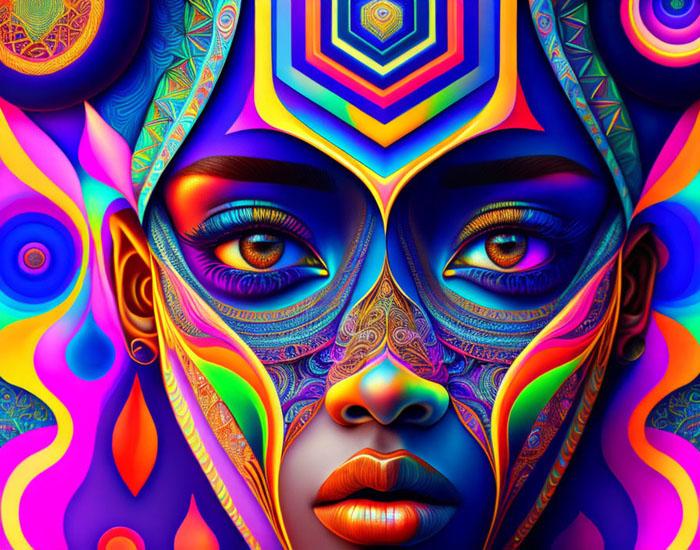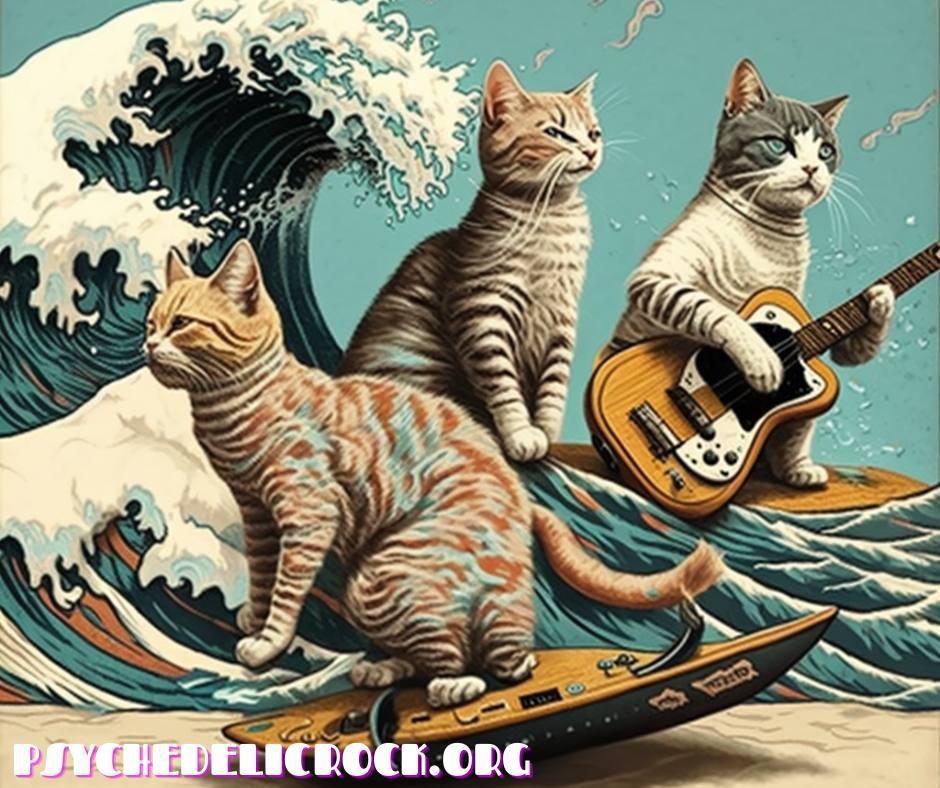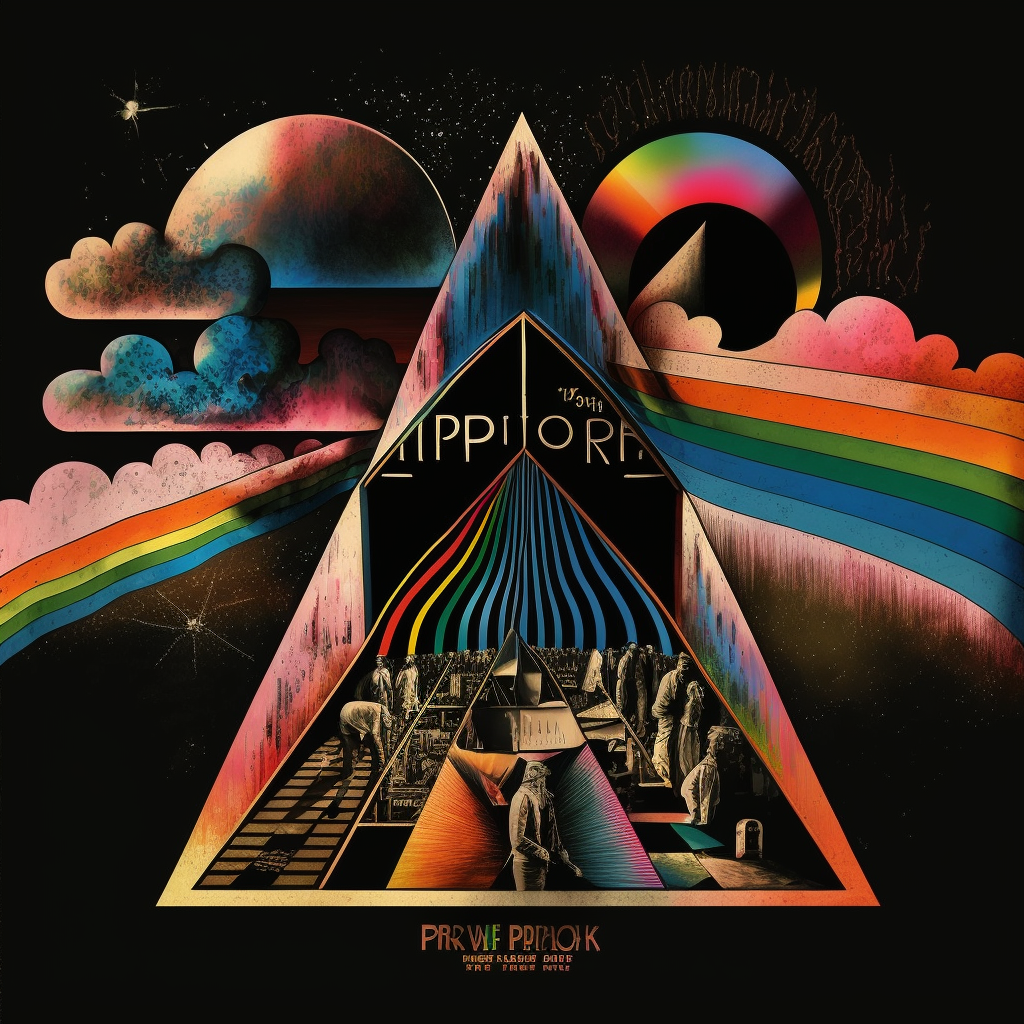
 The Role of Psychedelic Rock in the Counterculture Movement
The Role of Psychedelic Rock in the Counterculture Movement
Leave a comment
The counterculture movement of the 1960s was a pivotal moment in modern history, marked by a profound social and cultural shift that challenged the status quo. At the heart of this movement was the rise of psychedelic rock, a genre that not only reflected the era’s drug-induced experimentation but also served as a powerful vehicle for the expression of countercultural ideals.
The Origins of Psychedelic Rock
Psychedelic rock emerged in the mid-1960s, primarily on the West Coast of the United States, as a direct response to the growing popularity of hallucinogenic drugs like LSD and psilocybin.
The term “psychedelic” was coined in 1956 by psychiatrist Humphry Osmond, who used it to describe the mind-altering effects of these substances. As the counterculture scene developed in San Francisco, the terms “acid rock” and “psychedelic rock” were used to describe the new drug-influenced music.
The pioneers of psychedelic rock, such as the Grateful Dead, the Doors, and Jefferson Airplane, were deeply influenced by the psychedelic experience. They sought to capture the sensory overload, the altered states of consciousness, and the sense of transcendence that came with the use of these drugs. The music was characterized by the use of feedback, electronics, and intense volume, as well as elements of Indian music, free-form jazz, and extended instrumental segments.
The Influence of Psychedelic Drugs
The proliferation of psychedelic drug use in the 1960s had a profound impact on the development of countercultural ideals. For many middle-class youth, the psychedelic experience provided a means of rejecting the materialistic and conformist values of mainstream society. 1 The drugs offered a glimpse into an alternative reality, one that challenged the perceived notions of truth and morality.

Timothy Leary, a prominent figure in the counterculture movement, famously advocated for the use of LSD as a tool for “consciousness expansion.” He encouraged individuals to “turn on, tune in, and drop out,” a slogan that encapsulated the counterculture’s rejection of the establishment and its embrace of alternative modes of being.
However, the role of psychedelic drugs in the counterculture was not without its controversies. While some saw them as a means of achieving personal and societal transformation, others argued that they encouraged political disengagement and did little to address the systemic issues of racism, sexism, and other forms of oppression.
The Influence of Psychedelic Rock on Countercultural Ideals
Psychedelic rock played a crucial role in shaping the ideals and aesthetics of the counterculture movement. The music, with its trippy, kaleidoscopic sound, became the soundtrack of the era, reflecting the drug-induced states of consciousness and the desire for a more expansive and transcendent experience of reality.
The lyrics of psychedelic rock often made direct or indirect references to hallucinogenic drugs, exploring themes of spirituality, mysticism, and the exploration of the self. The music also incorporated elements of Eastern philosophy and non-Western instruments, further emphasizing the counterculture’s interest in alternative modes of thought and expression.
Beyond the music itself, the visual aesthetics of psychedelic rock also played a significant role in the counterculture. Psychedelic posters, light shows, and album covers became iconic symbols of the era, reflecting the vibrant, kaleidoscopic, and often surreal nature of the psychedelic experience.
The Limitations of Psychedelic Rock as a Tool for Societal Change
While psychedelic rock was undoubtedly a powerful force in shaping the counterculture movement, its ability to bring about lasting societal change was ultimately limited. The focus on personal transformation and the rejection of mainstream values, while significant, did not necessarily translate into effective political action or the dismantling of institutionalized problems such as racism and sexism.
In fact, the counterculture’s emphasis on individual enlightenment and the creation of alternative communities may have encouraged political disengagement, as many participants sought to create their own parallel society rather than directly challenging the existing power structures. As a result, the counterculture did little to stop the continuation of these systemic issues within mainstream society and even within the counterculture itself.
The Legacy of Psychedelic Rock
Despite the limitations of psychedelic rock as a tool for societal change, the genre’s influence can still be felt in the decades that followed. The experimental and innovative nature of psychedelic rock paved the way for the development of subsequent musical genres, from punk to rap to trip-hop.

Moreover, the counterculture’s emphasis on personal transformation, spiritual exploration, and the rejection of mainstream values continues to resonate with many individuals and subcultures today. The legacy of the 1960s counterculture, with all its complexities and contradictions, remains a subject of ongoing fascination and debate.
In conclusion, the role of psychedelic rock in the counterculture movement of the 1960s was a complex and multifaceted one. While the music and the associated drug culture played a significant role in shaping the ideals and aesthetics of the era, its ability to bring about lasting societal change was ultimately limited. Nevertheless, the legacy of psychedelic rock and the counterculture continues to influence and inspire generations to come.
Categorised in: Psychedelic



